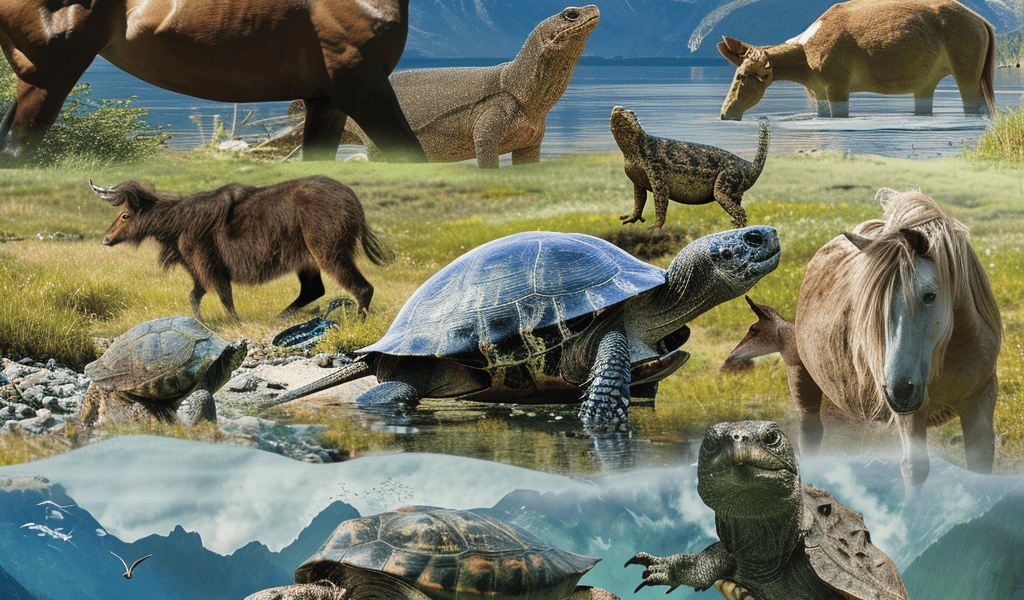Why animals shrink explained with new evolution theory
18 January 2024
The mystery behind why Alaskan horses, cryptodiran turtles, and island lizards shrunk over time may have been solved in a new study.
The new theoretical research proposes that animal size over time depends on two key ecological factors: the intensity of direct competition for resources between species, and the risk of extinction from the environment. Using computer models simulating evolution, the study, published today (Thursday, 18 January) in communications biology, identifies why some species gradually get smaller, as indicated by fossil records.
Dr. Shovonlal Roy, an ecosystem modeller from the University of Reading who led the research, said: “Just like how we try to adapt to hot or cold weather depending on where we live, our research shows animal size can get bigger or smaller over long periods depending on the habitat or environment. In places and times where there’s lots of competition between different species for food and shelter, animal sizes often get smaller as the species spread out and adapt to the distribution of resources and competitors. For example, small horses that lived in Alaska during the Ice Age rapidly shrank due to changes in the climate and vegetation. Where direct competition is less, sizes tend to get bigger, even though being really big and few in number can make animals more vulnerable to dying out – such as what happened with the dinosaurs. Changes in ecological factors help explain why fossil records show such confusing mixes of size evolution patterns, with some lineages shrinking over time and others growing.”
Cope’s rule
The research team carried out their study by challenging the contradictions fossil evidence posed to “Cope’s rule.” Cope’s rule refers to the tendency for certain animal groups to evolve larger body sizes over thousands and millions of years. The rule is named after Edward Cope, a 19th-century paleontologist who was credited to have first noticed this pattern in the fossil record. For example, early horse ancestors were small dog-sized animals that increased in size over evolutionary time, ultimately producing the modern horse. However, fossil evidence shows remarkably conflicting trends, with increased size in some groups but decreased size in others.
Evolutionary pressure
The study sheds light on the evolutionary pressure that drives changes in animal size over time. By considering the intensity of competition for resources and the risk of extinction from the environment, the research provides insights into the patterns observed in fossil records. This new understanding challenges previous assumptions and offers a more comprehensive explanation for the diverse size evolution patterns seen in different lineages.
The findings of this study have significant implications for understanding the dynamics of evolution and the factors that influence the size of animal species over long periods. By unraveling the ecological drivers behind size evolution, researchers are gaining valuable insights into the intricate mechanisms that shape the diversity of life on Earth.





